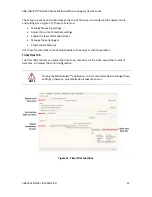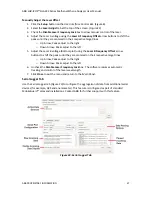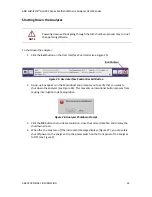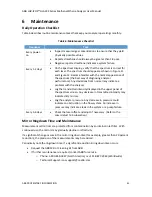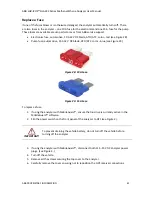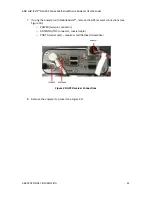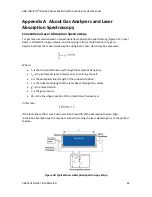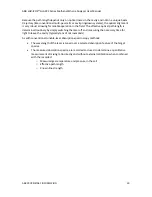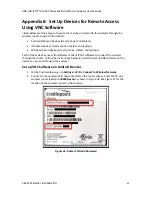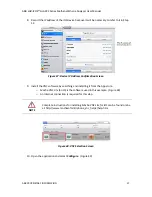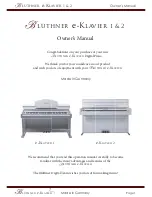
ABB
LGR-ICOS
™ GLA232 Series Methane/Ethane Analyzer User Manual
ABB PROPRIETARY INFORMATION
48
Appendix A About Gas Analyzers and Laser
Absorption Spectroscopy
Conventional Laser Absorption Spectroscopy
For gas measurements based on conventional laser-absorption spectroscopy (Figure 34), a laser
beam is directed through a sample, and the mixing ratio (or mole fraction) of a gas is
determined from the measured absorption using Beer’s Law, which may be expressed:
Where:
I
v
is the transmitted intensity through the sample at frequency
I
o
is the (reference) laser intensity prior to entering the cell
S
is the absorption line strength of the probed transition
L
is the optical path length of the laser beam through the sample
𝛘
is the mole fraction
P
is the gas pressure
Φ
v
is the line-shape function of the transition at frequency
𝞾
In this case,
If the laser line width is much narrower than the width of the absorption feature, high-
resolution absorption spectra may be recorded by tuning the laser wavelength over the probed
feature.
Figure 34: Typical Laser Absorption Spectroscopy Setup

